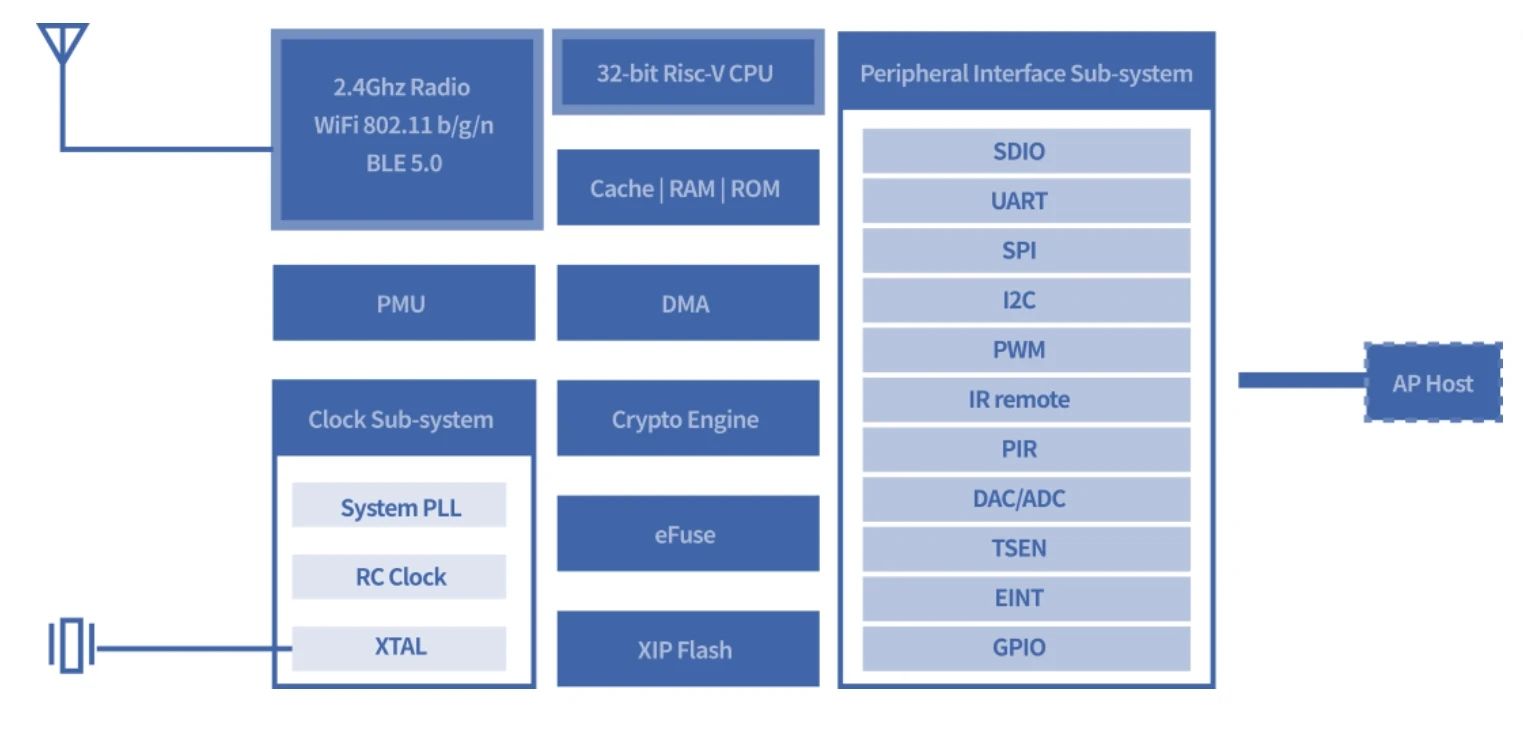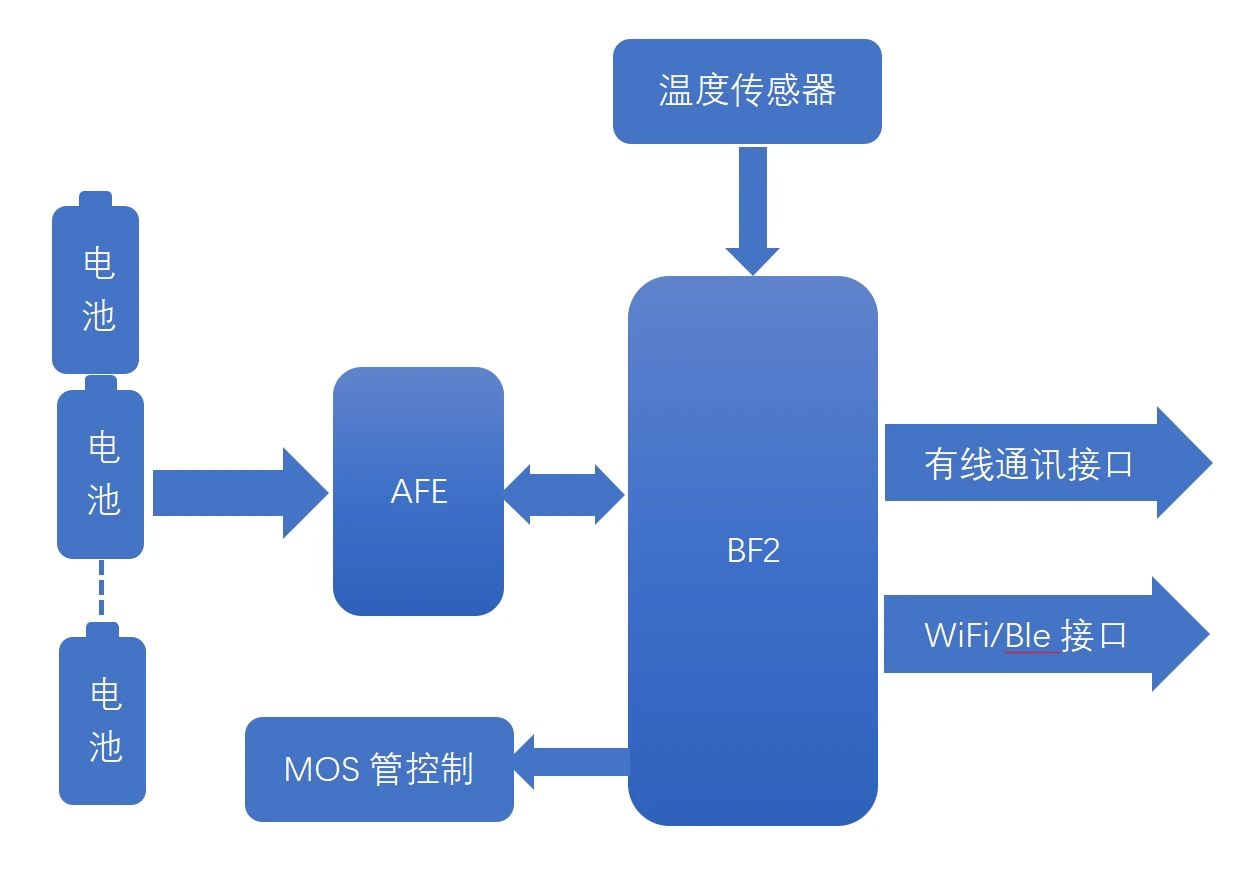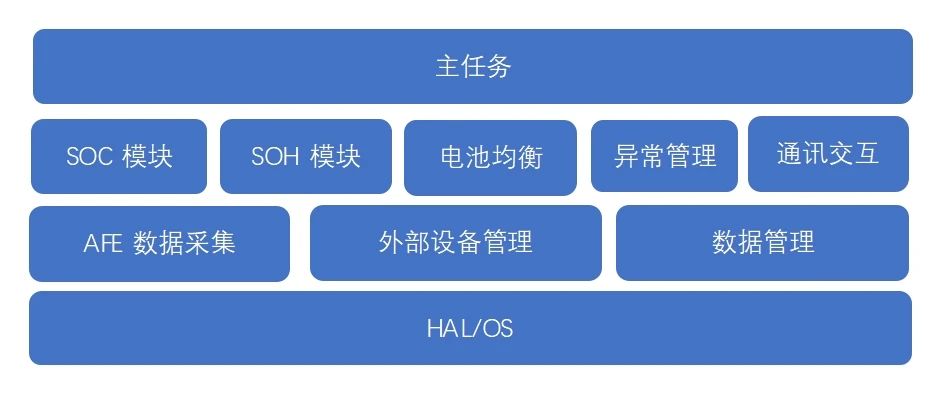Empowering Green Energy, LeapFive Launches BMS Solution Based on BF2

BMS Development Overview
In recent years, with the development and innovation in battery technology, the application of lithium-based chemical batteries has expanded from consumer electronic devices like mobile phones and tablets to a broader range of fields such as industrial, medical, smart home, and automotive. Meanwhile, clean energy has been rapidly developed under the “dual carbon” goals, and energy storage sources have gradually emerged. Against this backdrop, battery management systems (BMS) that feature high reliability, high sampling precision multi-string battery monitoring chips, and high-performance, high-stability MCUs become critical elements in ensuring the safe use of lithium batteries and unlocking their potential. BMS, known as the battery “housekeeper,” primarily manages and maintains battery units intelligently. Monitoring states and protecting against abnormal faults govern the battery status and extend the battery life. It has been widely applied across various electronic and electrical devices, offering a broad market space. BMS establishes a communication bridge between the battery and users, allowing users to control the battery pack’s charging and discharging through BMS feedback and stay informed about the battery system’s basic parameters and fault information. BMS achieves various functions modularly, including collection, central control, communication, and display modules.
BMS Application Scenarios and Main Control MCU Requirements
- Battery data collection and storage requirements: Capability to collect and store battery data through front-end AFE chips.
- Control requirements: Ability to disconnect the battery pack’s charging and discharging switches through AFE or MCU’s own IO port after detecting abnormal conditions like overcurrent, overvoltage, or overheating, ensuring battery pack safety.
- Computing power requirements: We need to calculate battery pack SOC (State of Charge) and SOH (State of Health) based on collected battery data, temperature, and charging/discharging states, requiring high computing power from the MCU.
- Communication requirements: As a power supply unit of the device, the battery pack generally needs external communication interfaces, including wired or wireless interfaces, allowing external devices to access the battery pack’s working status, SOC, SOH, and other data.
Introduction of BF2
BF2 is a Wi-Fi + BLE combo chip designed for low-power and high-performance applications. Its wireless subsystem includes a 2.4G radio, Wi-Fi 802.11b/g/n, and BLE 5.0 baseband/MAC design. The microcontroller subsystem contains a low-power 32-bit RISC-V CPU with a maximum operating frequency of 192MHz, featuring FPU, high-speed cache, and memory (276KB RAM+2MB Flash). The power management unit controls low-power modes. Additionally, it supports various security performances.

BMS Features:
- Current monitoring, voltage monitoring, and balancing: Monitor the overall battery pack current and each cell’s voltage to prevent excessive voltage differences and keep cells safe and balanced. Extend battery pack life through active or passive balancing techniques.
- Temperature monitoring: Monitor each cell and battery pack’s temperature to prevent overheating and too-low temperature issues; take cooling measures when the battery temperature is too high to avoid thermal runaway.
- Battery pack state management: Provide SOX state information, such as SOC, SOH, etc.
- Charging management: Control and monitor the battery pack charging process, such as cut-off charging voltage, charging current, etc.; prevent overcharging to extend battery life.
- Discharging management: Control and monitor the battery pack discharging process, protect the battery from over-discharge and prevent battery damage due to excessive discharging.
- Fault detection and isolation: Detect and isolate faulty cells, like short circuits or open circuits, to prevent them from affecting the overall battery pack’s safety and performance.
- Data recording: Record battery pack and individual cell parameters, such as charge/discharge cycles, for future maintenance reference; facilitate fault diagnosis and lifespan assessment of the battery pack.
- Communication interface: Provide an external communication interface for real-time battery status data feedback and receive control commands, facilitating external monitoring and management of the battery pack.
LeapFive’s Solution
BMS System Design Based on BF2 Platform

Hardware Framework
- Battery: Supports using ternary lithium batteries or lithium iron phosphate batteries, matching different serial numbers of batteries depending on the AFE choice.
- AFE: Responsible for sampling battery status and temperature data, including current and voltage.
- BF2: Responsible for reading data collected by AFE to monitor battery status and calculate SOC, SOH, and other state data.

Software Outline Design
- Main task: The first task to start after device power-up, responsible for overall system event scheduling, module initialization, and starting other tasks.
- SOC module: Implements SOC algorithm; inputs include system time, cell voltage data collected by AFE, battery pack voltage, current data, and outputs SOC percentage.
- SOH module: Implements SOH algorithm; inputs include SOC data, system time, cell voltage data collected by AFE, battery pack voltage, current data, and outputs SOH percentage.
- Active and passive balancing management: Implements active and passive balancing functions, analyzing AFE data to determine cells needing balancing and processing accordingly.
- Exception management: Implements exception handling logic for use by the main task.
- Communication interaction: Implements UART, Wi-Fi, and BLE communication-related code, completing AT command interaction code.
- AFE data collection: Collects cell voltage, pack voltage, and pack current data in real time according to the main task’s set period and switch status.
- External device management: Manages other external chips like temperature sensors.
- Data management: Provides system-wide parameter data saving and reading functions, serving the primary task with data management services.
LeapFive Technology has developed a BMS Demo board using BF2 with AFE chips, showing suitable performance and stability, and has received positive feedback from customers developing projects based on this platform, with some already in volume production. The energy industry has always been a critical focus for LeapFive Technology, and our efforts will significantly contribute to China’s new energy industry.
